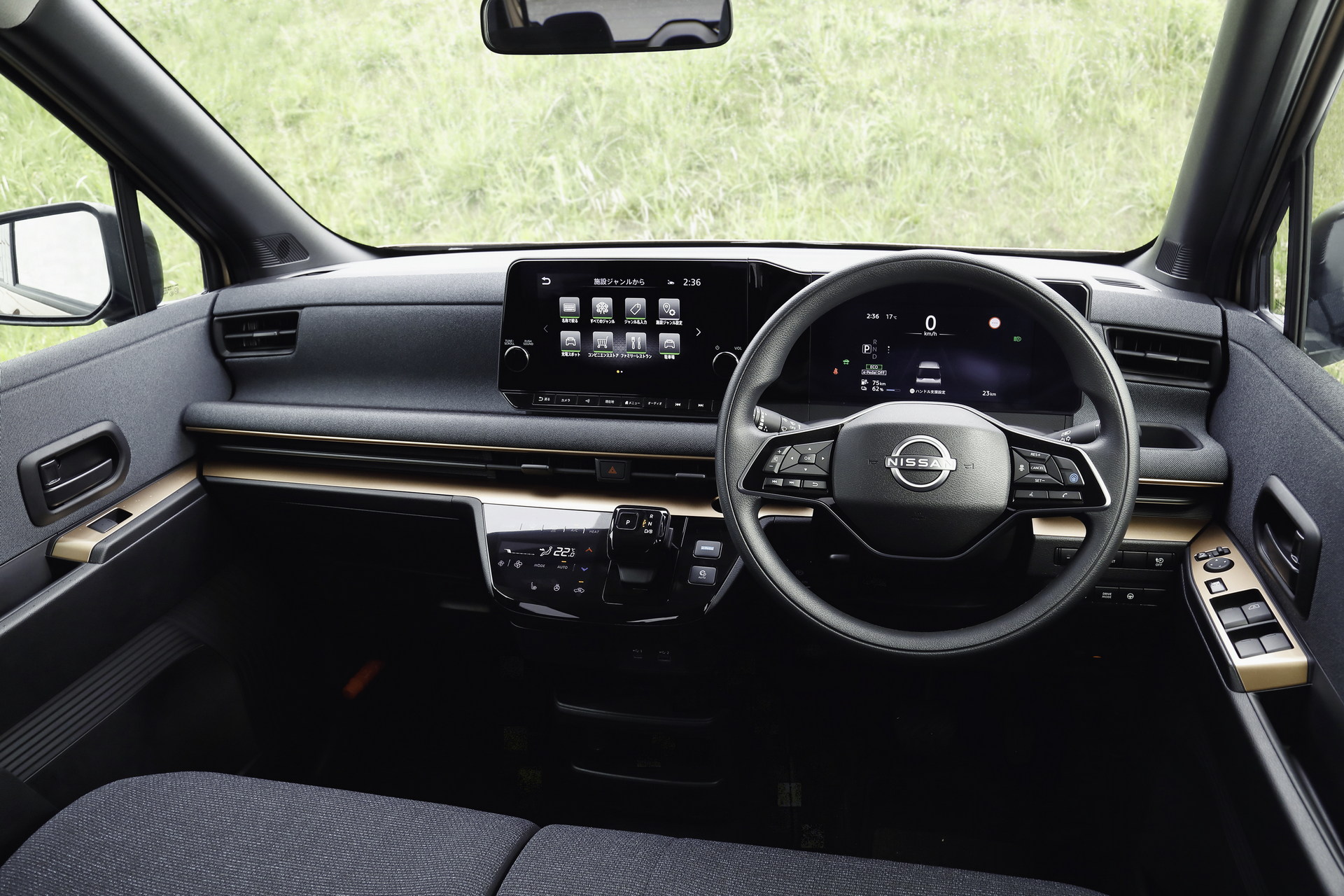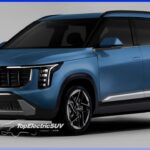Fulfilling last year’s promise, Nissan introduced its first all-electric electric car. Nissan Sakura EV is a production version of the IMk concept from 2019, the goal of which is to make electric mobility available to Japanese consumers.
The model is named after the Japanese cherry blossom and is very similar to the concept car. Styling features such as a black V-shaped grille, LED headlights and an alloy wheel pattern make it look like a miniature version of the Nissan Ariya. The design is an evolution of the theme introduced by a kei car with a Dayz ICE engine with a clean surface and modern parts. Sakura is available in a wide range of fifteen colors for the exterior, it can be combined with three interior colors (black, beige and blue-gray).
See also: Nissan anticipates a stand-alone collision avoidance system and is also interested in the new EV crossover
Presumably, the trail kei is less in accordance with the rules of the car. Sakura measures 3395 mm (133.7 inches) in length, 1475 mm in width (58.1 inches) and 1655 mm in height (65.2 inches), with a wheelbase of 2,495 mm (98.2 inches). These numbers look bigger than the Fiat 500 and Honda e urban EV. The turning radius is only 4.8 m (189 inches), which allows you to easily walk on narrow Japanese roads.
The weight is very high for kei car standards between 1070 kg (2 359 lbs) and 1 080 kg (2 381 lbs) depending on the equipment. This is about 240 kg (529 lbs) more than the ICE-powered Dayz, which represents the extra weight of the electrification.

The smallest member of the Nissan EV series is 63 hp. (47 kW / 64 PS) and equipped with a single electric motor that produces a respectable 195 Nm (144 lb-ft) of torque. There are three driving modes: Eco, Standard and Sport, and the top speed is limited to 130 km / h (81 miles). There is also an e-Pedal Step for single-pedal control, which offers a smooth reversible deceleration.
The floor-mounted battery is very small, with a capacity of 20 kW / h, enough for 180 km (112 miles) of the WLTC range. It can also serve as a portable power source in emergencies and can power a house for a day in the event of a power outage. It takes 8 hours to fully charge the battery, but when connected to a fast charger, it can charge up to 80% in about 40 minutes.

The Nissan Sakura EV claims to come with improved ride comfort, a quiet cab and improved stability thanks to a low center of gravity. The equipment is very generous for urban vehicles, including ProPILOT Park (automated parking) like ADAS, a 7-inch digital instrument cluster, a 9-inch informational entertainment touch screen with navigation and automatic climate control. Despite the small luggage compartment with 107 liters (3.8 cubic feet), the four-seater cabin looks spacious and has practical features such as a control panel tray and cup holders.
Nissan Sakura EV will be released in Japan this summer. Prices range from ¥ 2,333,100 ($ 18,221) to $ 2,940,300 ($ 22,964), but if you include the clean energy vehicle subsidy available in Japan, you can buy a Sakura EV for ¥ 1,780,000 ($ 13,912). In addition, Japanese consumers can purchase Sakura EV online by contacting a sales representative via video chat.






